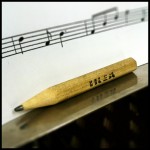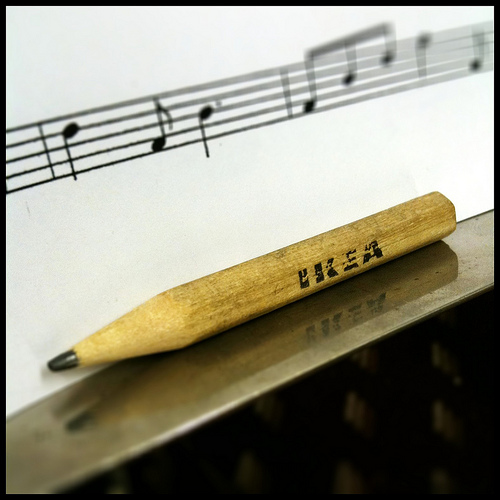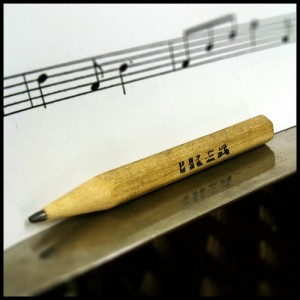I’ve mentioned before that I’m not a music major so this post is for people like me who don’t know all the technicalities with music writing!
I recently learned a little about notating in 6/8 time. When writing out music in this time signature think about which notes are often being emphasized: 1 and 4. It has a feeling of 2 sets of triplets. So when writing out music, a half note is never used. If you did have 4 beats for one note you divide it by having a dotted quarter note tied to an eighth note if it is at the beginning of the measure, or an eighth note tied to a dotted quarter note if it was the last 4 beats of the measure–breaking it up 3 eighth notes by 3 eighth notes.
Here is an example from my “Have I Done Any Good?/Love One Another Medley”:
 See how I have 4 beats but tied them together so the measure is divided by three beats? It helps for reading the music and counting out the rhythm. Think about it 1, 2, 3, 4, 5, 6. You paused a little after the 3 didn’t you?
See how I have 4 beats but tied them together so the measure is divided by three beats? It helps for reading the music and counting out the rhythm. Think about it 1, 2, 3, 4, 5, 6. You paused a little after the 3 didn’t you?
This is my new discovery. Hope this helps you too!





